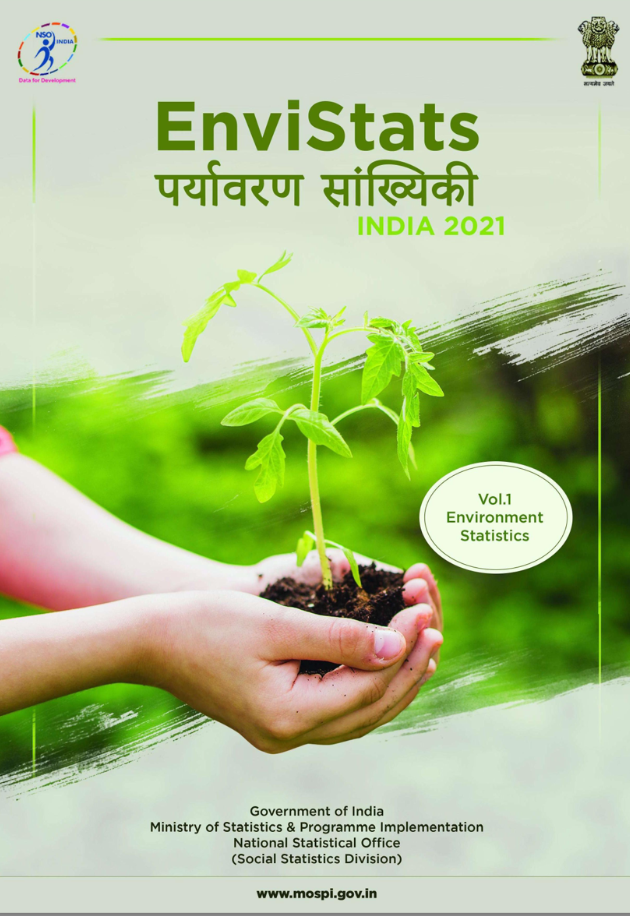Birds and Bioenergy within the Americas: A Cross-National, Social–Ecological Study of Ecosystem Service Tradeoffs
Although renewable energy holds great promise in mitigating climate change, there are socioeconomic and ecological tradeoffs related to each form of renewable energy. Forest-related bioenergy is especially controversial, because tree plantations often replace land that could be used to grow food crops and can have negative impacts on biodiversity.




